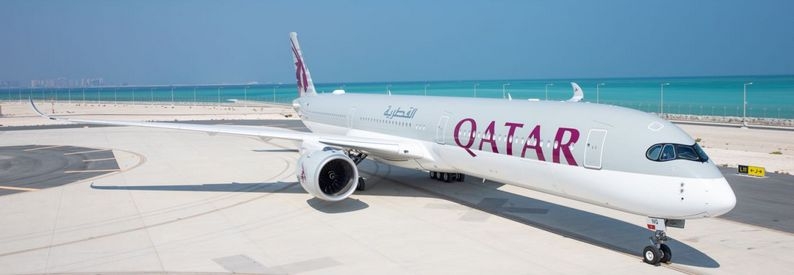Qatar Airways A350 Pilot Faces Communication Hurdles with SFO Air Traffic Control

Recently, a Qatar Airways pilot flying an Airbus A350-1000 from San Francisco (SFO) to Doha (DOH) experienced communication challenges with the SFO air traffic control. Ensuring accurate communication between pilots and air traffic controllers is crucial, particularly during taxing where a multitude of things can potentially go wrong.
In this instance, while taxiing to runway 28R at SFO for takeoff, a series of miscommunications occurred:
- Instead of being on the San Francisco tower frequency as required while crossing active runways, the Qatar Airways pilot was on a different frequency. The controller expressed impatience after multiple attempts to reach the aircraft.
- Following this, the pilot made consecutive errors while reading back taxi instructions. He omitted references to crossing runway 1L and holding short of runway 28L, prompting the controller to point out the repeated mistakes.
- Further confusion ensued when the pilot wrongly acknowledged a directive meant for an American Airlines flight to contact NorCal departures post-takeoff.
What’s particularly alarming is the pilot’s mention of contacting NorCal departures without receiving takeoff clearance, a basic protocol even for novice pilots.
VASAviation’s coverage of this incident has sparked varied opinions among viewers, from pilots to aviation enthusiasts. Some factors considered by commentators include:
- The considerable fatigue faced by pilots on long-haul routes such as from Qatar to San Francisco.
- The challenges of non-native English speakers, though language alone cannot account for certain errors, like mixing up runway numbers.
Some commentators, identifying themselves as pilots, shared humorous reactions to the interaction, while others empathized with the Qatar Airways pilot’s potential stress and inexperience.
A critical point raised was the captain’s responsibility. With flights of this duration usually manned by four pilots, why didn’t the captain assume communications when the struggle became apparent?
In conclusion, while human errors are inevitable, it’s essential for aviation professionals to ensure clear communications, especially when safety margins are thin. This incident involving a Qatar Airways pilot and SFO ATC emphasizes the need for effective communication and awareness, even amongst seasoned professionals.
Sources: AirGuide Business airguide.info, bing.com, onemileatatime.com
